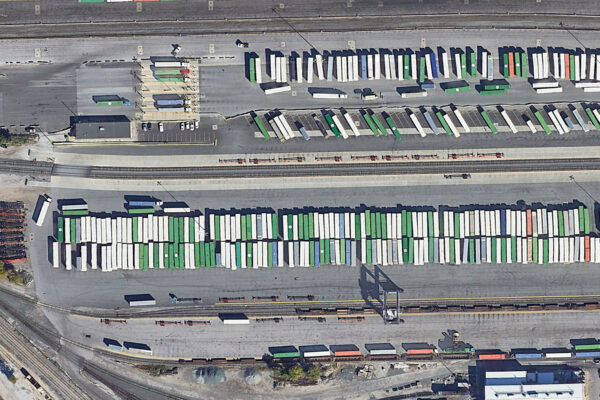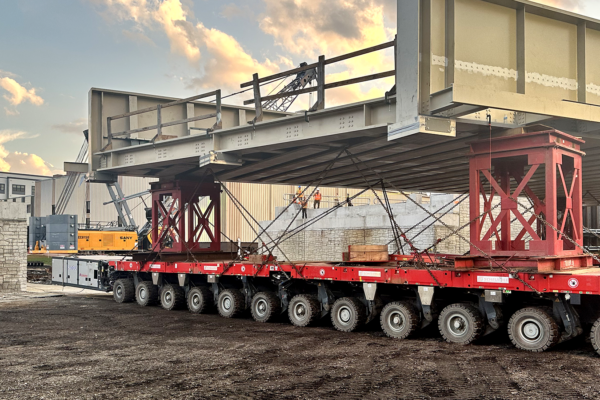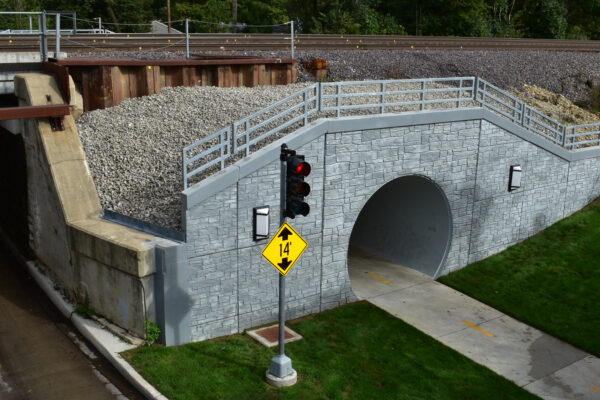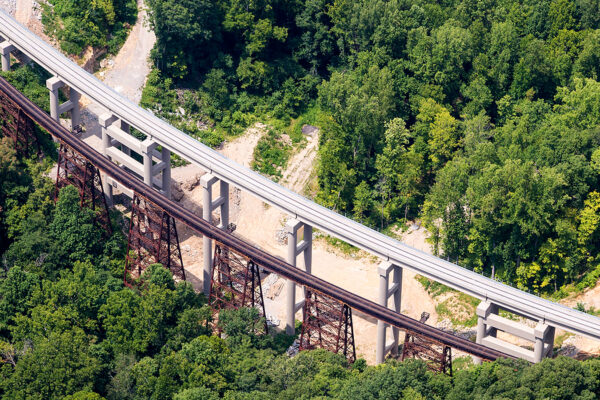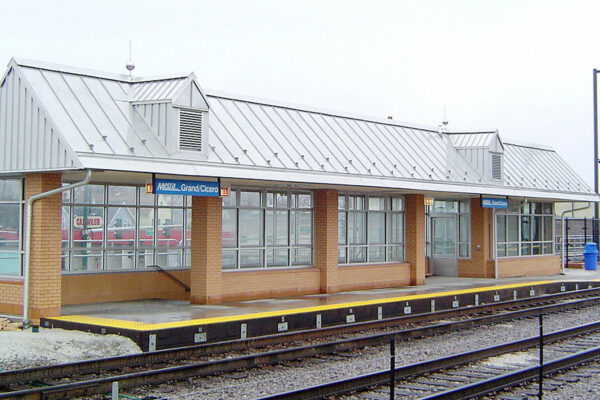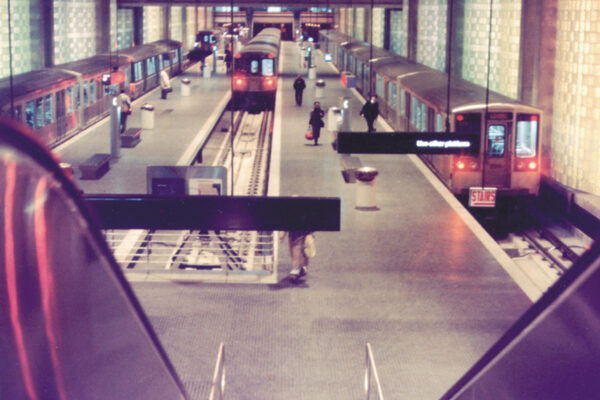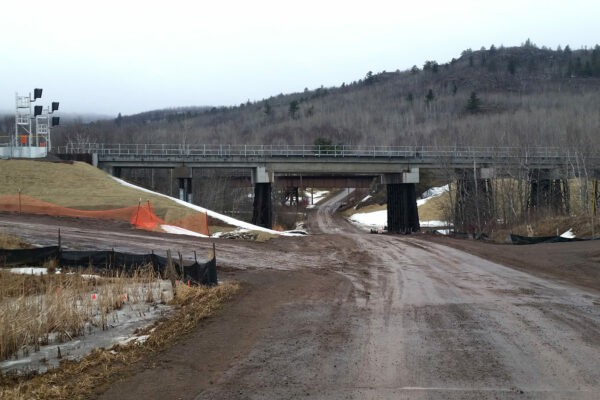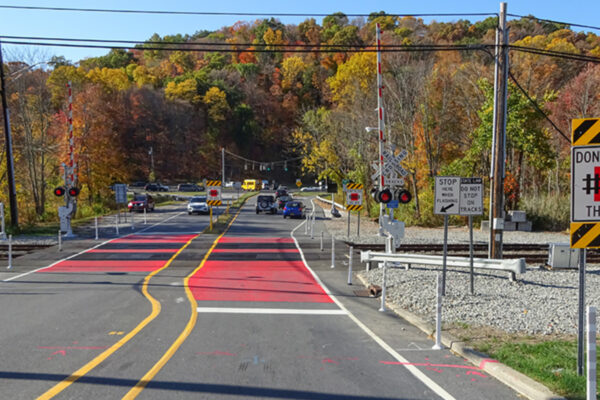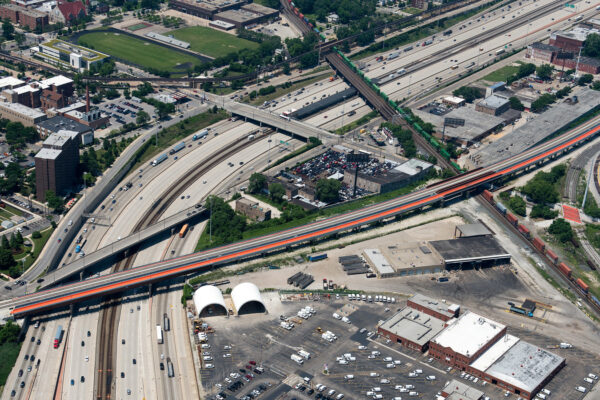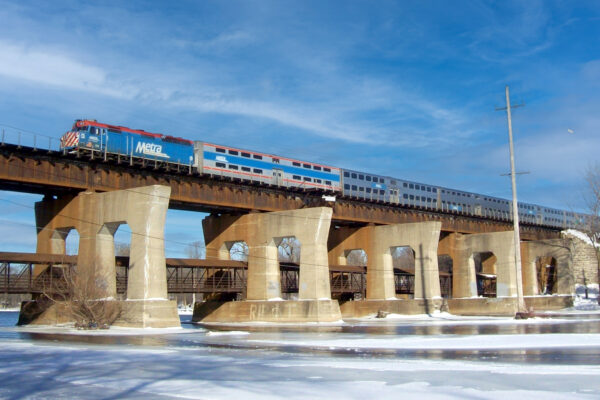Sioux Falls Rail Yard Environmental Assessment
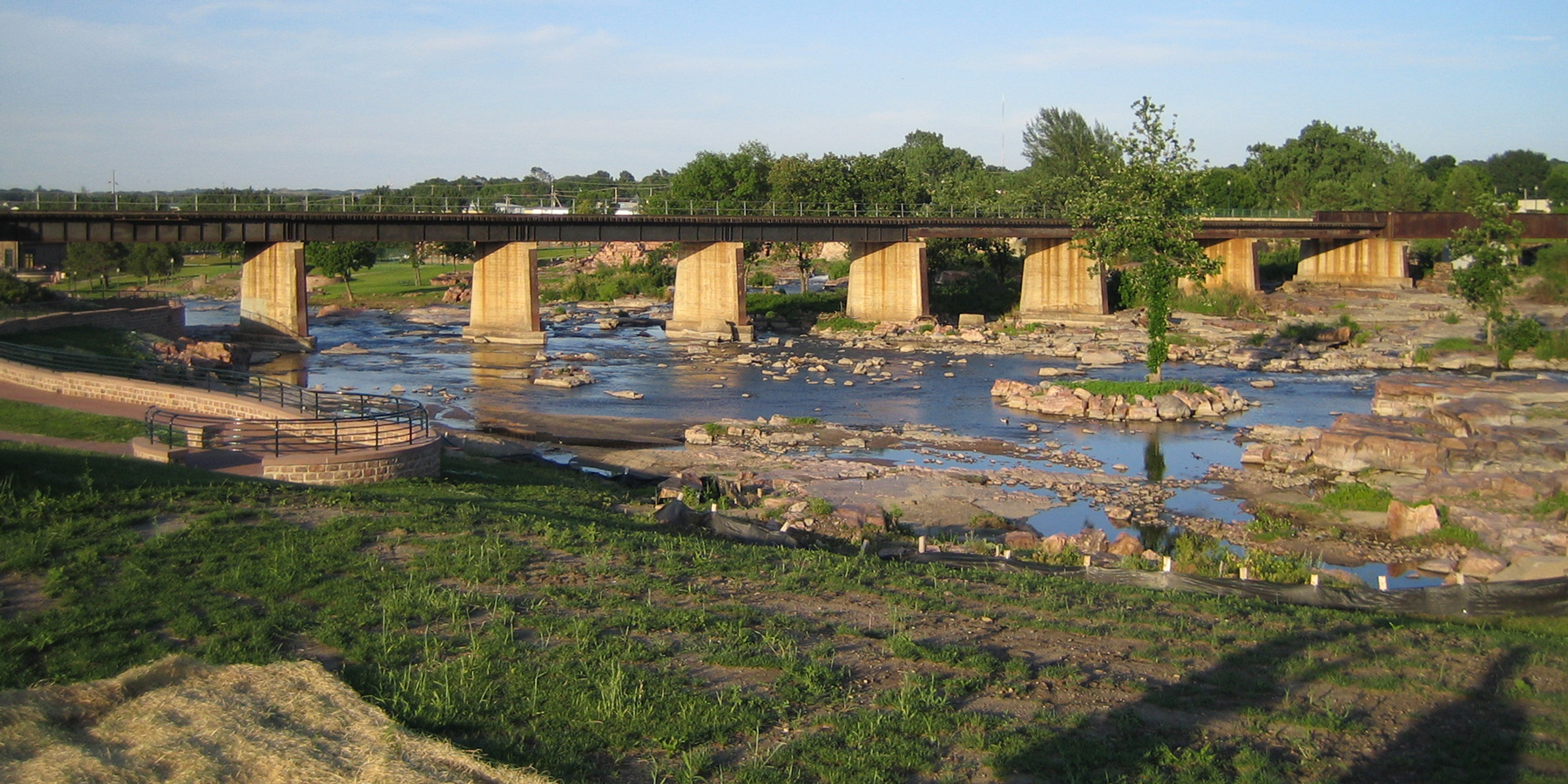
After the completion of a Rail Relocation feasibility study, the City of Sioux Falls began a four-phase plan to remove as much railroad traffic and operations from their downtown in an effort to revitalize the area, promote business redevelopment, improve pedestrian and vehicular safety, and re-connect downtown to the Big Sioux River.
The City obtained $40 Million in congressionally authorized funding for the remaining plan phases. Benesch was selected to prepare an Environmental Assessment (EA) for the proposed alternative. That alternative involved the construction of a new “Wye” bridge over the Big Sioux River and Falls Park to eliminate the need for trains to utilize the historic downtown BNSF rail yard to move between the Madison and Corson Subdivisions. Additionally, it involved constructing a new rail yard on the Corson Subdivision to eliminate the need for BNSF and the Ellis & Eastern Railroad to utilize the downtown yard to exchange rail cars.
Preliminary engineering plans and environmental studies were prepared by Benesch, and the proposed alternative was advanced through the resource agency review process. The public and agencies requested that additional options be considered to avoid the impacts of a new rail yard east of town. Benesch evaluated numerous alternatives. Many still had significant impacts, which could have required the preparation of an Environmental Impact Statement.
After staff changes at the federal, state and local level, additional concerns were raised that nearly derailed the project, forfeiting the $40 Million earmark. Benesch, the City and BNSF met to devise a new alternative that would avoid impacts to Falls Park and would reduce or eliminate other significant impacts.
The new alternative included a direct sale of the rail yard property from BNSF to the City, construction of two siding tracks on the Corson Subdivision for BNSF and the E & E railroad to exchange rail cars, construction of a minor connection for the E & E line into the downtown rail yard.
Additionally, BNSF modified regional operations to compensate for lost downtown rail yard capacity. This new alternative was refined, preliminary engineering plans were prepared, environmental studies were updated, historic resources were re-evaluated, the public was engaged and the project was advanced through the National Environmental Policy Act process in just under one year, resulting in a signed Draft EA.
The Draft EA included all required agency coordination, environmental commitments to mitigate potential impacts and discussion of all alternatives considered. Benesch developed the Draft EA, including noise studies, wetland evaluations, historic surveys, Section 106 and Section 4(f) coordination, United States Fish and Wildlife Service and South Dakota Department of Game, Fish and Parks coordination, evaluation of potential petroleum contamination, environmental justice, and public involvement.
The Draft EA was presented to the public and received an entirely positive response. A Finding of No Significant Impact (FONSI) was signed, and Benesch continued its involvement through BNSF track design.

